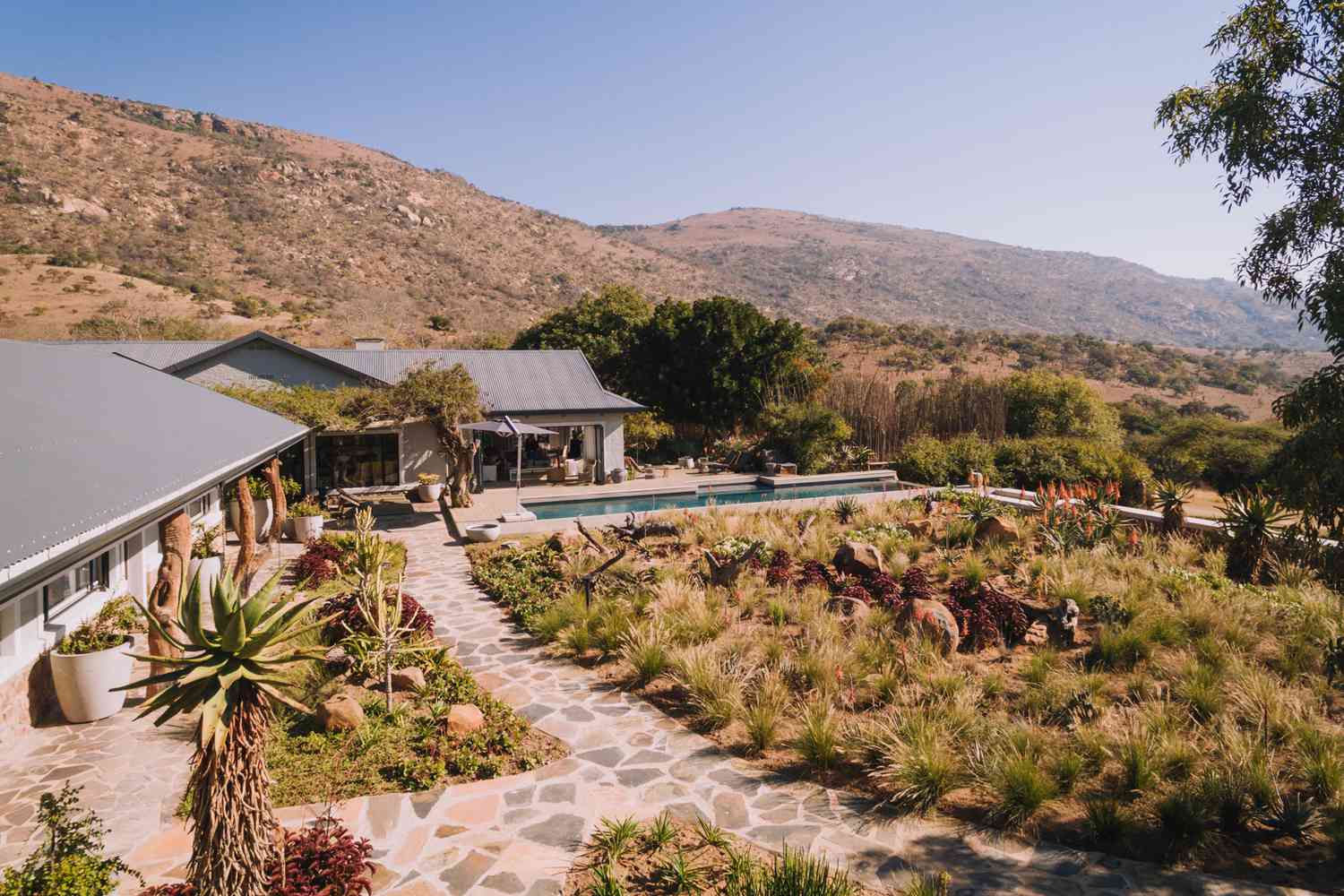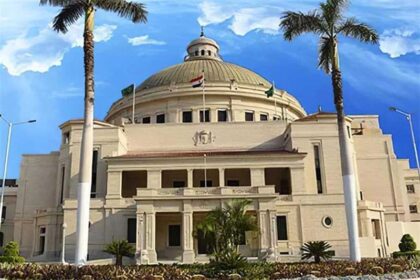At a Glance
- Babanango becomes South Africa’s largest new game reserve since the end of apartheid.
- $50 million eco-tourism project transforms degraded farmland into a thriving Big Five wildlife haven.
- Zulu communities gain jobs, revenue, and land restitution through groundbreaking conservation models.
- Babanango becomes South Africa’s largest new game reserve since the end of apartheid.
- $50 million eco-tourism project transforms degraded farmland into a thriving Big Five wildlife haven.
- Zulu communities gain jobs, revenue, and land restitution through groundbreaking conservation models.
Once a patchwork of overgrazed farmland and long-forgotten battlefields, Babanango Game Reserve is rapidly emerging as one of South Africa’s most ambitious rewilding projects, breathing new life into the historic valleys of KwaZulu-Natal.
Located just hours from Durban, this 22,000-hectare conservation marvel offers more than just Big Five safari sightings—it’s a living showcase of cultural restoration, wildlife resurgence, and sustainable ecotourism.
Babanango isn’t just another private game reserve — it’s the largest new protected area created in South Africa since the end of apartheid, and a compelling blueprint for modern conservation.
It’s a landscape reborn: home once again to giraffes, rhinos, buffalo, cheetahs, zebras, and even reclusive leopards — many of which returned on their own once human pressures ceased.
The reserve spans over 22,000 hectares of malaria-free terrain, making it a standout destination for travelers seeking both safety and spectacle in the African wild.
Crucially, the reserve is a joint venture between local Zulu communities, the provincial government, and international conservation backers, led by German philanthropists Barbara and Hellmuth Weisser.
With a planned $50-million investment over four decades, the Babanango project fuses luxury travel and responsible tourism with land restitution and rural development.
It’s a wildlife comeback story — but also a powerful case study in environmental resilience and socio-economic transformation.
And the transformation is stunning. From dusty cattle tracks to thriving ecosystems, from distrust to community pride, Babanango Game Reserve is now one of the best places to visit in South Africa for wildlife lovers, conservationists, and adventurous travelers alike.
With luxury safari lodges, immersive experiences, and a growing list of Big Five animals, it’s poised to rival more established names like Kruger and Madikwe — but with a unique historical and cultural backdrop that’s distinctly Zulu.
A Landscape reimagined: From War-Torn territory to wildlife sanctuary
The history of Babanango is as layered as the terrain it protects. Once part of the mighty Zulu Kingdom under King Shaka, the region later became a battlefield during the Anglo-Zulu War of 1879.
British colonists seized the land, and for generations it remained under white ownership — mostly used for cattle farming.
Following South Africa’s democratic transition in the 1990s, the land was returned to its rightful Zulu custodians, but with little infrastructure or economic purpose.
That changed in 2018 when African Habitat Conservancy, backed by the Weissers, partnered with Ezemvelo KZN Wildlife and the Emcakwini Community Trust (ECT) to launch a pioneering conservation model.
Together, they transformed Babanango into a game reserve designed not just to protect animals, but also to uplift communities and revive ecosystems.
More than 85% of the staff are now drawn from local villages, and revenue from tourism helps fund schools, water boreholes, and conservation education.
“Once we stopped the hunting and removed the cattle, nature bounced back with incredible resilience,” says reserve general manager Andrew Baxter.
Native species like leopards, serval cats, aardvarks, and even birds of prey began returning on their own. Others — including cheetah, rhino, giraffe, and buffalo — were carefully reintroduced from reserves across southern Africa.
Building a Safari destination from scratch
Creating the Babanango Game Reserve was no small feat. Agreements had to be negotiated with four surrounding Zulu communities, balancing cultural traditions with modern conservation needs.
An electrified fence now encircles the reserve, helping to deter poachers while protecting reintroduced species.
More than 3,000 head of cattle were removed and relocated — some identified as stolen — before the land could begin its rewilding journey.
Animals arriving at Babanango are slowly habituated in holding bomas before being released into the wild.
Some, like the cheetahs, gravitated south toward the landscapes they instinctively recognized.
Rhinos had their horns trimmed to prevent poaching, while species like hartebeest quickly established themselves — though, to the team’s dismay, became the cheetahs’ favorite prey.
Luxury safari infrastructure has also taken root. The previously derelict hotel near the reserve’s southern entrance has been reimagined as Babanango Valley Lodge, while the designer-forward Zulu Rock Lodge perches high above the northern escarpment.
The Madwaleni River Lodge, featuring safari-style tented suites, is set to open in July along the scenic banks of the White Umfolozi River — a setting as rich in heritage as it is in wildlife.
Next-Gen Safari experiences: Conservation meets adventure
With game drives already thrilling guests, the reserve’s tourism offering is rapidly expanding. From guided bush walks and helicopter conservation flights to night sky stargazing, Babanango promises immersive experiences few other reserves can match.
Plans are underway for ziplining, flyfishing, and multi-day backpacking expeditions across the highlands — offering the chance to sleep under stars in predator country.
Cultural and historical tourism is also central to Babanango’s vision. Guests can visit nearby battlefields like Isandlwana and Rorke’s Drift, or explore hundreds of archaeological sites hidden within the reserve — including ancient stone fortresses on granite peaks.
“We want this to be a world-class safari destination — but also a place that tells the full story of this land, its people, and its past,” says guide Xolani Mhlongo. “It’s not just about luxury. It’s about legacy.”
A new model for sustainable tourism in Africa
As travelers increasingly seek authentic, sustainable safari experiences, Babanango Game Reserve is fast emerging as one of the top new destinations in South Africa.
It’s not only bringing wildlife back to Zululand, but giving local communities a meaningful stake in their land’s future.
With global attention now turning toward regenerative tourism, Babanango offers a rare and hopeful model: where elephants roam, lions return, and the people who belong to the land help write its next chapter.
“I’ve seen a lot of change on this land since I was a boy,” says Musa Mbatha, the reserve’s conservation manager. “Now the animals are back. And so is the hope.”
As more travelers search for authentic safari experiences in South Africa, Babanango stands poised to become a flagship reserve, offering not only unforgettable wildlife encounters, but a powerful story of resilience and renewal.





